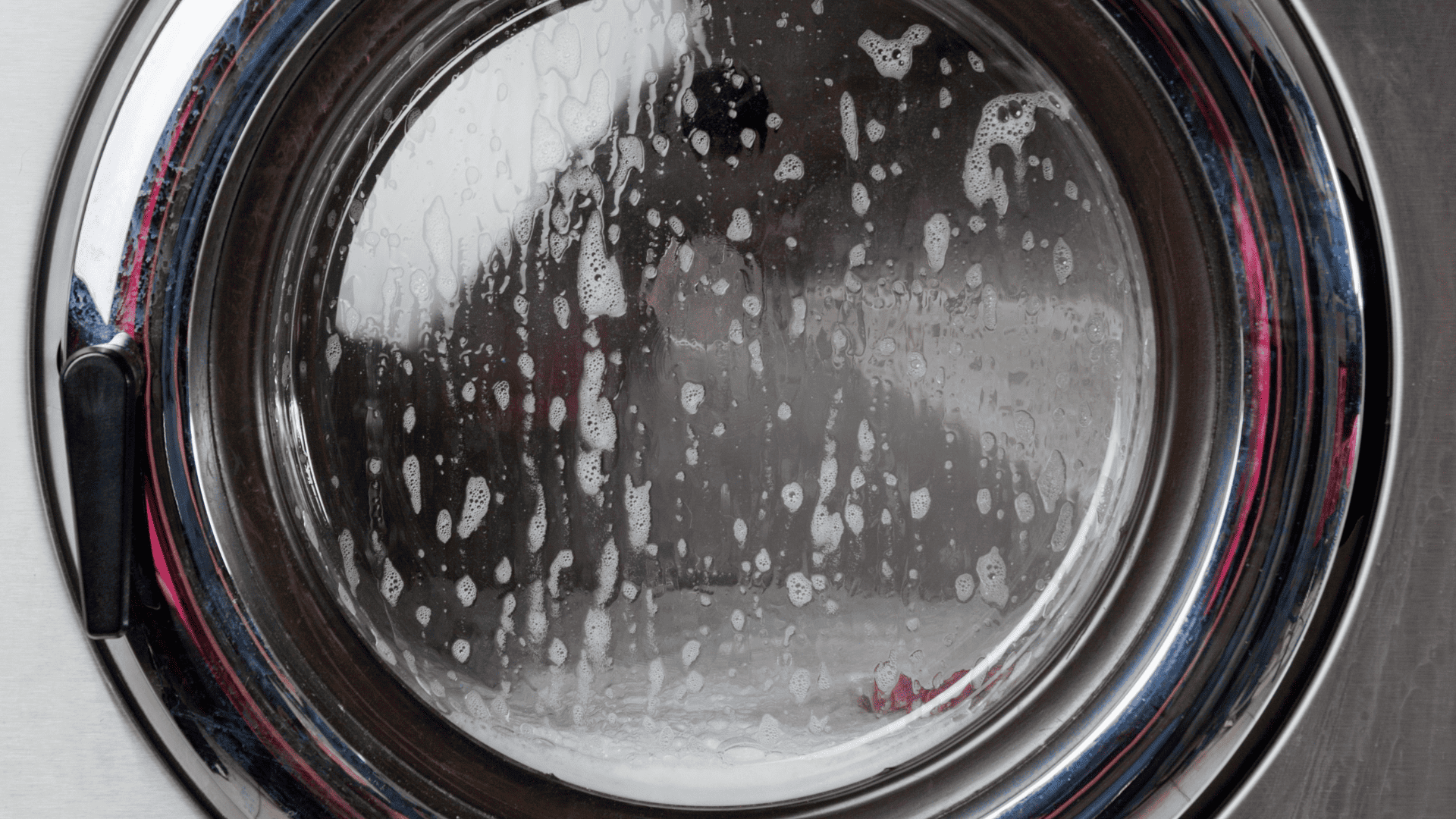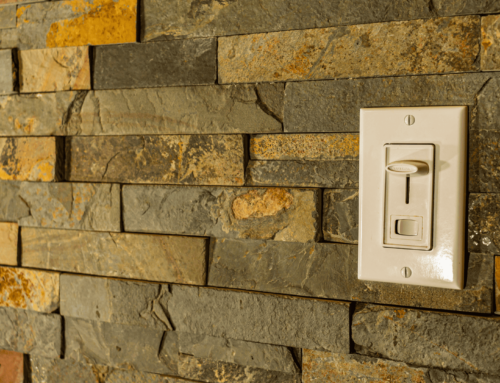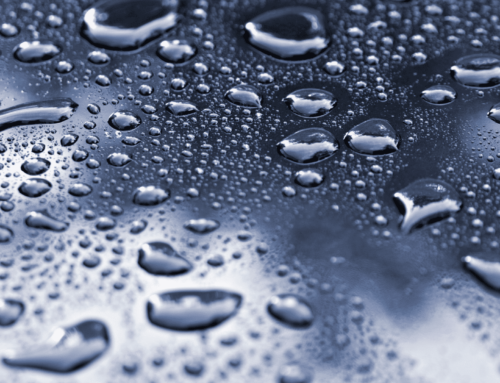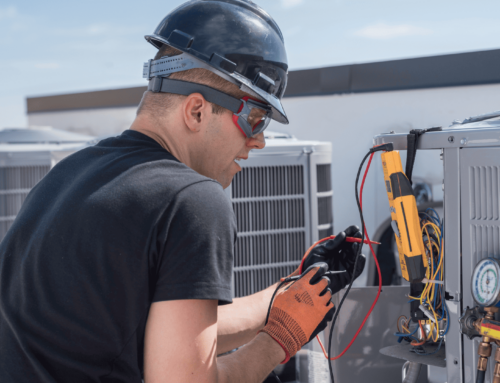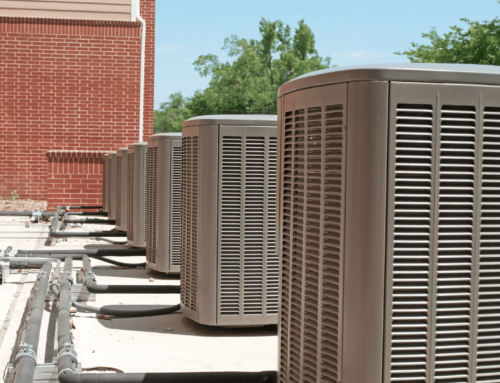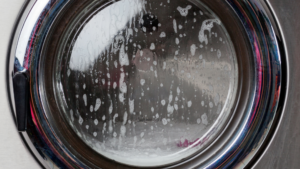
Before You Start
Water and electricity are a dangerous mix. To avoid accidents, always unplug and drain your washing machine before working on it. If your machine is hardwired into your home’s electrical system, you’ll have to cut power from the breaker box.
Once the machine’s powered down, empty the water by disconnecting the drain hose in the back. Washing machines normally have three hoses connected to it: a hot water hose, a cold water hose, and a waste water hose, also known as the drain hose. The hot water hose is generally red. Cold is blue, while waste is gray.
Shut off the hot and cold water by turning the taps counterclockwise. Then get a bucket and some towels. Remove the drain hose from the pipe but keep the free end raised or else you’ll spill water all over the floor. Empty the hose into the bucket. Depending on your model, there may be as much as 20 gallons of water in your washing machine, so you might need to empty the bucket several times before you’re done.
Then use the towels to mop up any water you might have spilled. You can also use towels to soak up residual water in the drum. Once the unit is empty, you’ll be ready to investigate the underlying cause. Some of the most common include:
Oversized Loads
Standing water doesn’t necessarily mean your washing machine is malfunctioning. Sometimes overfilling the drum upsets the spin cycle and prevents water from draining. After emptying the unit, run a smaller load and see whether the water drains normally. If it does, your problem is solved.
Bad Lid Sensor
For safety, washing machines won’t run unless the lid is closed and locked. However, if the sensor is broken, the washing machine can stop mid cycle, leaving a pool of water at the bottom of the drum. You can test the sensor by starting a wash cycle with the lid open. Press down on the sensor. You should hear a “click” before the cycle begins. If nothing happens, the sensor may need to be replaced. Fortunately, they’re not expensive.
Clogged Filter
Washing machines have filters designed to catch lint, hair, fabric, and other sorts of debris. But filters that aren’t changed eventually get clogged. A clogged filter generally doesn’t stop water from draining, however. It simply forces it to drain slowly. Installing a new filter should resolve the issue. Replace the filter every three months to prevent the problem from recurring.
Blocked Drain Hose
Filters are supposed to prevent lint, hair, and fabric from getting into the drain hose. Despite this, some do manage to get through from time to time, particularly when the filter is clogged. Once debris enters the hose, it can create a blockage. If you cannot empty the drain hose, a blockage is the most likely culprit. Blockages can either be removed with a pair of needle nose pliers, if it’s close to the end, or a plumber’s snake, if it’s further down. As soon as the blockage is clear, drain the line and reattach it.
Clogged Pump
Washing machines drain water mechanically. Because they connect to your plumbing system through pipes in the wall rather than the floor, they have to pump water out rather than rely on gravity. If the lines feeding the pump are blocked, the unit can’t siphon water out of the system.
To get it working again, unscrew the rear access panel and check for obstructions. Lines connected to the pump are often made from clear tubing, so you can see blockages right away. Otherwise, you’ll have to detach the lines from the pump and check inside. If you find a blockage, a pair of needle nosed pliers or a plumber’s snake should be sufficient to clear the line.
Faulty Pump
If the pump and drain line aren’t clogged, then it’s likely the pump is broken and needs to be replaced. While you can fix the lines and filters on your own, it’s recommended you hire a professional to install a new pump or else you risk more problems later on.
Protecting Your Home
Repairing your home’s essential systems can cost hundreds or even thousands of dollars. Rather than pay out of pocket, protect yourself with a Homesential warranty. When your heating systems, cooling systems, and electrical systems break down, we pay for the cost of repair and replacement of all covered parts. There are no service fees or deductibles. Just reliable support 24/7. Shop for coverage today!


